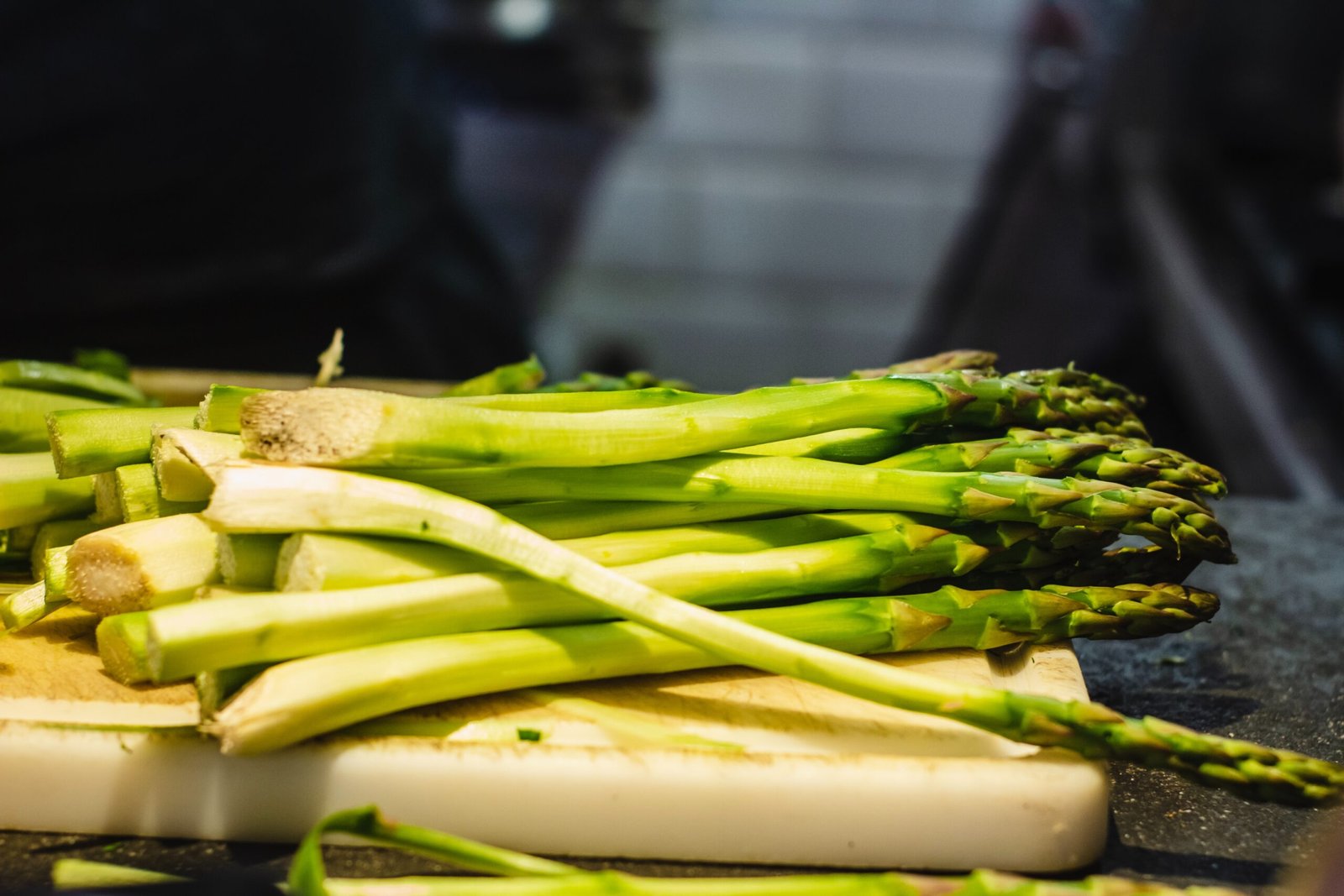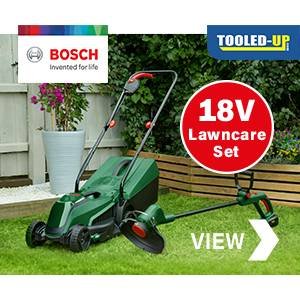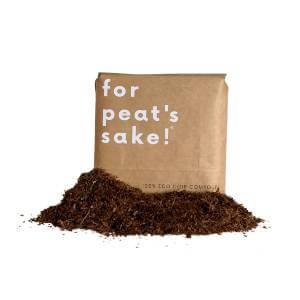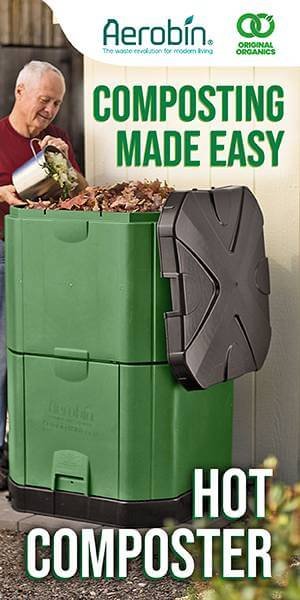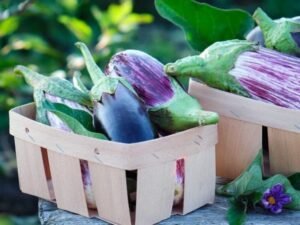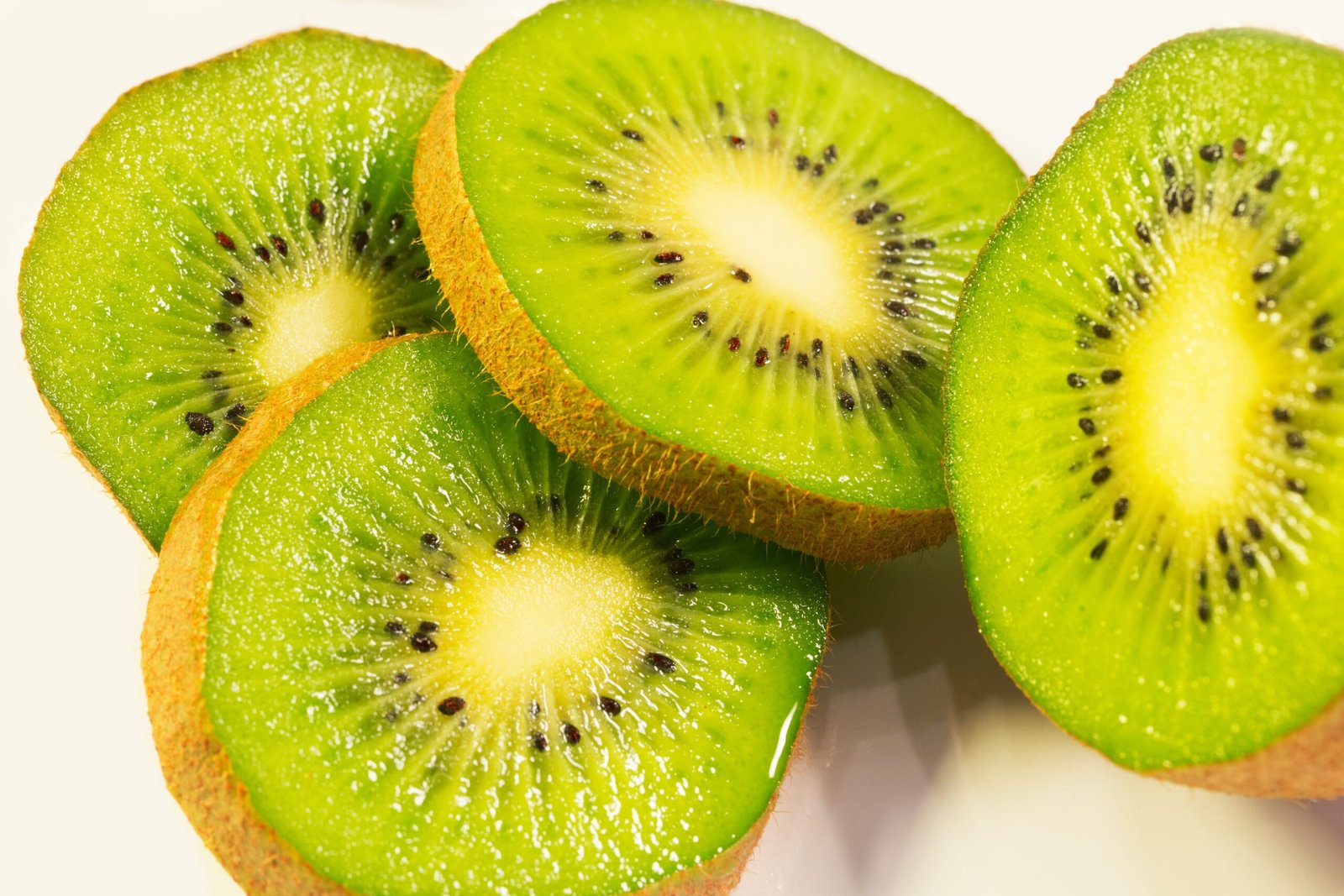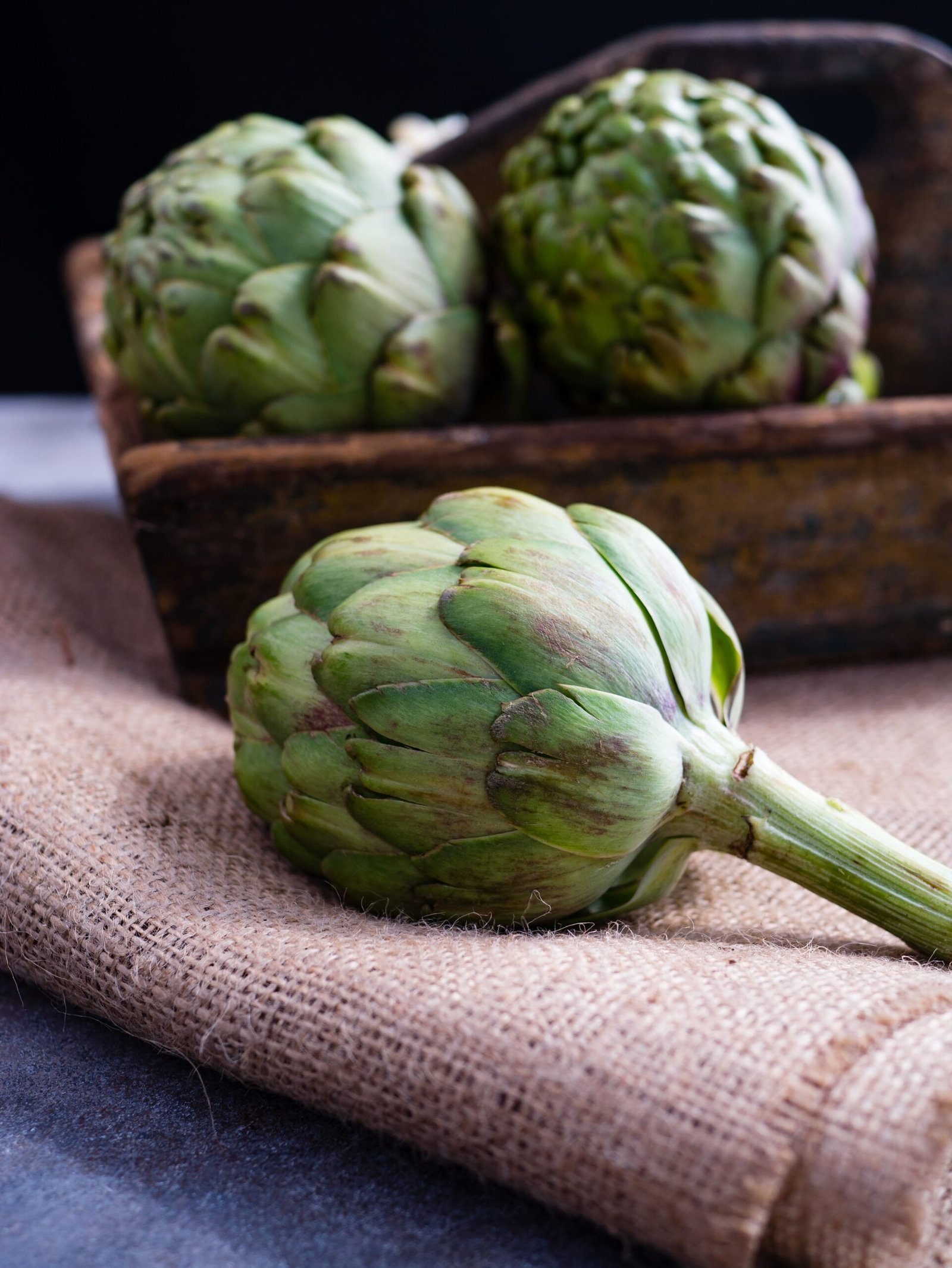Introduction
Welcome to the ultimate guide on how to grow edible asparagus right in your own backyard in the UK! In this comprehensive step-by-step guide, we will walk you through the entire process of growing asparagus, from selecting the ideal location to harvesting and storing this nutritious vegetable. Get ready to embark on a rewarding journey of growing your own asparagus!
Why Should I Grow Asparagus?
Asparagus is not only a delicious addition to your meals but also a highly nutritious vegetable. Rich in vitamins A, C, and K, as well as fiber and antioxidants, asparagus offers numerous health benefits. By growing your own asparagus, you can enjoy its fresh, tender stalks straight from your garden, ensuring maximum flavor and nutritional value.
Where is the Ideal Location to Grow Asparagus?
Asparagus thrives in a sunny spot that receives at least 6-8 hours of direct sunlight each day. It is important to choose a location with well-drained soil to prevent waterlogging, which can lead to root rot. Consider the space requirements of asparagus, as it is a perennial crop that will continue to grow for many years.
Soil Type and Preparing the Soil
Asparagus prefers a slightly acidic to neutral soil with a pH range of 6.0-7.0. Before planting, it is essential to prepare the soil by removing any weeds, rocks, or debris. Add organic matter, such as compost or well-rotted manure, to improve soil fertility and drainage. Dig the soil to a depth of 12-18 inches, ensuring it is loose and crumbly.
Watering Tips and Hints
Asparagus requires consistent moisture, especially during the first two years of growth. Water deeply once or twice a week, providing around 1-1.5 inches of water each time. Be careful not to overwater, as this can lead to root rot. Mulching around the plants can help retain soil moisture and suppress weed growth.
Sowing and Planting Asparagus
There are two common methods for growing asparagus: from seed and from crowns. Growing asparagus from seed requires more time and patience, as it takes a few years before you can harvest. Plant asparagus seeds indoors in early spring and transplant the seedlings outdoors when they are about 12 inches tall.
How to Grow Asparagus from Seed
To grow asparagus from seed, start by soaking the seeds in water for 24 hours before sowing. Fill seed trays or pots with a seed-starting mix and sow the seeds about ½ inch deep. Keep the soil moist and place the trays in a warm location with temperatures around 70°F. Transplant the seedlings outdoors once the danger of frost has passed.
How to Plant Out Asparagus
If you prefer a quicker harvest, planting asparagus crowns is the way to go. Crowns are one-year-old asparagus plants that are ready to be transplanted. Dig trenches about 12 inches deep and 18 inches wide, spacing them 4-5 feet apart. Place the crowns in the trenches, ensuring the roots are spread out, and cover them with soil, leaving a few inches of the crown exposed.
General Care for Asparagus
Asparagus requires regular care to ensure healthy growth. Keep the area around the plants weed-free to prevent competition for nutrients and water. Apply a balanced fertilizer in early spring and again after the harvest season. Protect your asparagus plants from pests and diseases by monitoring regularly and taking appropriate measures.
How to Harvest Asparagus
Patience is key when it comes to harvesting asparagus. Avoid harvesting during the first two years to allow the plants to establish a strong root system. In the third year, you can start harvesting spears when they reach around 6-8 inches tall. Cut the spears just below the soil surface using a sharp knife or scissors.
How to Store Asparagus
For the best flavor and texture, it is recommended to consume asparagus soon after harvesting. However, if you have a surplus, you can store it for a few days. Trim the ends and place the asparagus spears upright in a jar or container with about an inch of water. Cover the container loosely with a plastic bag and store it in the refrigerator.
Problems in Growing Asparagus: Common Pests and Diseases
While asparagus is generally a low-maintenance crop, it can be susceptible to certain pests and diseases. Common pests include asparagus beetles and aphids, which can be controlled using organic insecticides or by handpicking. Asparagus can also be affected by diseases such as crown rot and rust, which can be managed through proper sanitation and cultural practices.
Where to Buy Asparagus
You can purchase asparagus crowns or seeds from reputable nurseries, garden centers, or online suppliers. Look for certified disease-free crowns or high-quality seeds to ensure successful growth. Consider choosing a variety that suits your taste preferences and growing conditions.
What are the Best Asparagus Varieties to Grow and Why?
There are several popular asparagus varieties to choose from, each with its own unique characteristics. Some recommended varieties for UK gardeners include ‘Gijnlim,’ ‘Connover’s Colossal,’ and ‘Purple Passion.’ These varieties are known for their excellent flavor, high yields, and adaptability to UK growing conditions.
What Tools Will I Need to Grow Asparagus?
Growing asparagus requires a few essential tools to ensure successful cultivation. These include a garden fork or spade for soil preparation, a trowel for planting, a watering can or hose for irrigation, and a sharp knife or scissors for harvesting. Additionally, a hoe or cultivator can be useful for weed control.
Conclusion
Growing your own asparagus can be a rewarding experience, offering you a fresh and nutritious addition to your meals. By following the steps outlined in this guide, you’ll be well on your way to enjoying a bountiful harvest of tender asparagus spears. So, roll up your sleeves, prepare your soil, and get ready to savor the taste of homegrown asparagus!
Frequently Asked Questions
Q: Can I grow asparagus in pots?
A: Yes, asparagus can be grown in pots, provided the container is large enough to accommodate the deep root system of the plants.
Q: How long does it take for asparagus to grow?
A: Asparagus takes around 2-3 years to become established before you can start harvesting.
Q: When is the best time to plant asparagus crowns?
A: Asparagus crowns are best planted in early spring when the soil is workable and the danger of frost has passed.
Keywords: growing asparagus, growing asparagus from seed, growing asparagus uk, stages of growing asparagus, growing asparagus in pots, growing asparagus from crowns, how to grow asparagus, how to grow asparagus from seed, how to plant out asparagus, general care for asparagus, how to harvest asparagus, how to store asparagus, problems in growing asparagus, common pests and diseases, where to buy asparagus, best asparagus varieties to grow, tools for growing asparagus


